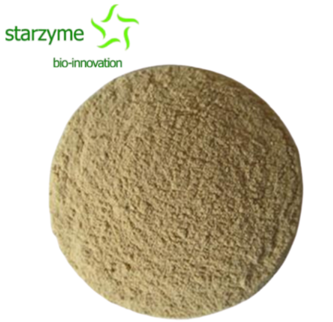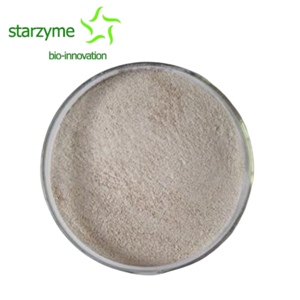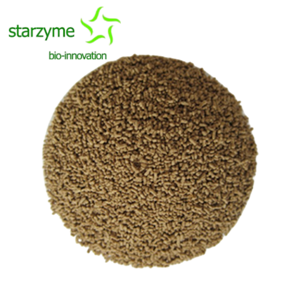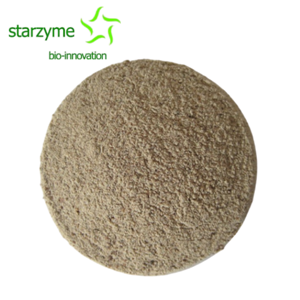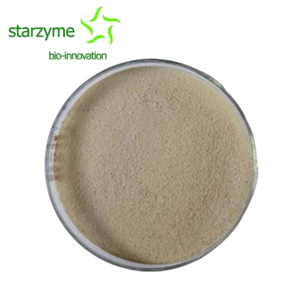Biological Characteristics and Identification of Enterococcus faecalis
Biological Characteristics:
Morphology and Staining of Enterococcus faecalis
Gram positive cocci, single, double or short chain arranged oval shaped cocci, without spores or capsules.
Fungi are circular or elliptical in shape, can be elongated in the direction of the chain, with a diameter of 0.5-1.0 micrometers, mostly arranged in pairs or short chains, and usually do not move. On a rich culture medium, the colonies are large and smooth, with a diameter of 1-2 millimeters, whole edges, and rare pigments.
Cultural Properties of Enterococcus faecalis
Cultivate on a blood agar plate at 35 ° C for 18-24 hours to form small, grayish white, moist, raised colonies with alpha or gamma hemolytic rings. Form small, dry, pink colonies on MacConkey agar plates. Uniformly cloudy growth in brain heart infusion broth. It has low nutritional requirements and can also grow on regular nutrient agar. Can grow at 10 ℃ or 45 ℃ pH 9.6 or in meat broth medium containing 6.5% NaCl, and can withstand 65 ℃ for 30 minutes. It can use arginine as an energy source to ferment sorbitol without fermenting arabinose. Growing on a simple culture medium does not require folic acid.
Biochemical Reaction of Enterococcus faecalis
Negative touch enzyme test, decomposes mannitol, does not decompose arabinose, positive bile seven leaf glycoside test, grows in meat broth containing 6.5% NaCl, most strains are positive in PYR test, resistant to bacteriocins.
Identification Points of Enterococcus faecalis
1. Characteristics of this bacterium
Gram positive cocci, negative for touch enzyme test, growing in 6.5% NaCl, positive for bile seven leaf glycoside test, growing at 45 ℃.
2. Identification with Streptococcus and Lactococcus genera
Enterococcus can grow in broth with a pH of 9.6 and an environment of 45 ℃, with positive results in bile seven leaf glycosides and salt tolerance tests, while Streptococcus and Lactococcus are the opposite.
3. Identification with Enterococcus faecium and Enterococcus avium
Enterococcus faecalis does not break down L-arabinose, but breaks down sorbitol. It can also decompose I-arabinose, but not sorbitol. Staphylococcus aureus breaks down L-arabinose and sorbitol.
4. Identification with Enterococcus faecalis and Escherichia coli in quail chickens
Enterococcus faecalis does not break down xylose, and the tellurite test is positive. However, the opposite is true for Enterococcus faecalis and Escherichia coli.
Distribution of Enterococcus faecalis
It is distributed in livestock and poultry breeding facilities, as well as in the environment of livestock and poultry product production and processing. It exists in the upper respiratory tract, digestive tract, and reproductive tract of humans and animals, and is widely distributed in nature.

